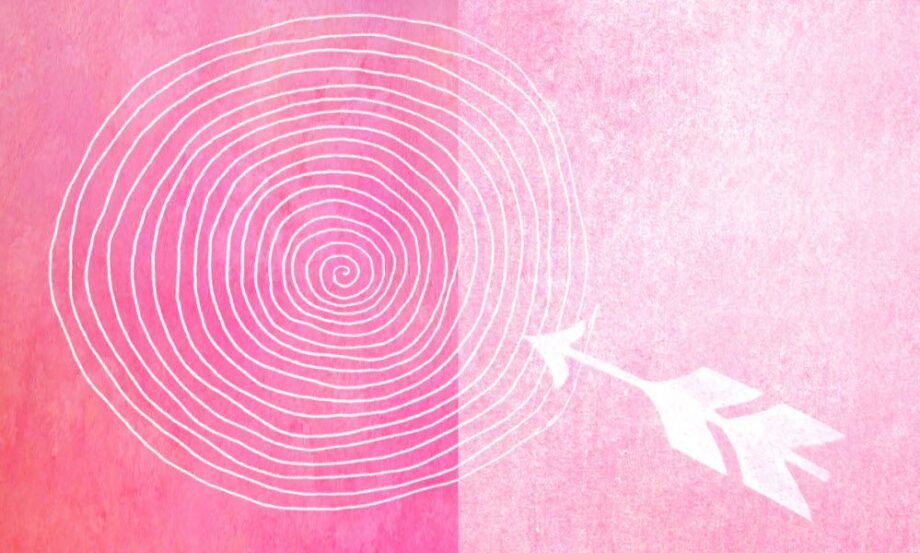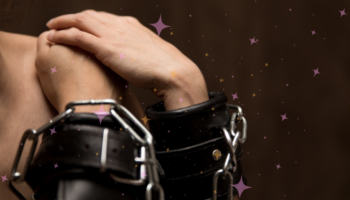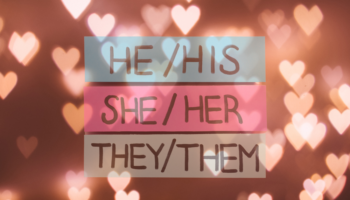The Grafenberg Spot, better known as the G-spot, has created a lot of talk and a lot of controversy over whether it exists. Some women experience it with pleasure. Some women don't experience it at all. Some women don't like the sensation they experience in association with it. So, is it "real"? Let's take a look
The G-spot is generally stimulated on the front wall of the vagina; some believe it is just part of the labyrinthine internal clitoris. Others say it is the "female prostate;" the equivalent of the prostate in those who do not have one. The prostate is also known as the Skene's gland. It is a bundle of pockets around the urethra that expels liquid. Many say that explains "female" ejaculation or squirting.
People have been curious about the pleasure and function of female orgasm and ejaculation for a long, long time. Certainly, people have talked about it since well before Dutch physician Renier de Graaf in the 17th Century and Ernst Grafenberg, for whom the G-spot is named, started talking about it in the 20th century. In the book "The Story of V: A Natural History of Female Sexuality," author Catherine Blackledge proposes that the little stream, the black pearl, and the palace of yin in China, the skin of the earthworm in Japan, and saspanda nadi in the Indian sex manual Ananga Ranga are all referring to the Skene's gland.
Yet, with that conversation has come skepticism. There are many people who don't experience G-spot arousal or pleasure. This is partially because it can take some work in terms of training nerves to register what's going on. There's a lot of warmup involved. There's definitely some research and learning involved for most people. It's true that some experience it without all that extra work, but that is an exception. On top of that, some women just don't like how it feels. Everyone's body is different. We experience pleasure and sensation in different ways. That's just how it is. The learning curve and associated cultural shame around sexuality, pleasure, and a lack of pleasure-based sex education means that many people don't have access to resources explaining how to accomplish G-spot stimulation. There's a lot of argument over whether or not the G-spot even exists because when studies are conducted, they're pulling from a pool of people who may not have had experience with G-spot stimulation. Lack of the proper information will naturally skew the results. This has sparked a lot of disagreements over whether the spot even exists, where it is, and whether it can be pinpointed as an independent structure in the body.
Read: 6 Good Reasons to Believe That Squirting Is a Real Thing
It also doesn't help that people who have and do experience G-spot stimulation pleasurably often talk endlessly about how great it is. This creates pressure for others to experience it in a way that is pleasurable. It perpetuates a kind of shame in people who have not experienced it or don't like how it feels in the same way that the general discourse about orgasms does. Not everyone can have or enjoy an orgasm in all or any of its forms. We know that the orgasm is not the be-all-end-all of sexual activity, although some people treat it that way. After all, there are many ways to experience pleasure. Not all of them are chained to the contractions of your pelvic floor.
What does this mean for G-spots? Well, it means that they're complicated. G-spot pleasure (or lack thereof) varies from person to person for a variety of reasons: because bodies vary, because experience of pleasure varies, and because access to pleasure-based sex education can be really hard to come by. It is also important to recognize that everyone's bodily experiences are legitimate, regardless of whether or not they align with scientific findings and the experiences of others. That doesn't mean we shouldn't explore and try to experience new things. It does mean that there's no reason to feel upset or broken if you don't experience them in the way you, or other people, expect you to.
The bottom line? The G-spot is real for many people, even if it isn't for many others.The body is an incredible and mysterious thing.

Caitlin began their sex education experience when they received an email in reply to the resume they posted on Craigslist asking if they'd be interested in an interview at an adult store. Though they had never been in an Adult Store at this point in their life, they needed a job and figured "Why not?"
This was ostensibly the moment in which their life changed.
Now more than a year on, Caitlin is not only working at an adult store, but also writes about and reviews sex toys and other adult products on their own website, sex-ational.com, where they also talk about personal experiences and anxiety revolving around sexuality and educate about safety and sexual anatomy.
Words that apply to Caitlin include but are not limited to: queer, gender-nonconforming, consensually non-monogamous, radical, feminist (notice the comma)... the list goes on. When they aren't writing, Caitlin can be found drawing, taking pictures of their partner's cat, or outside somewhere.




